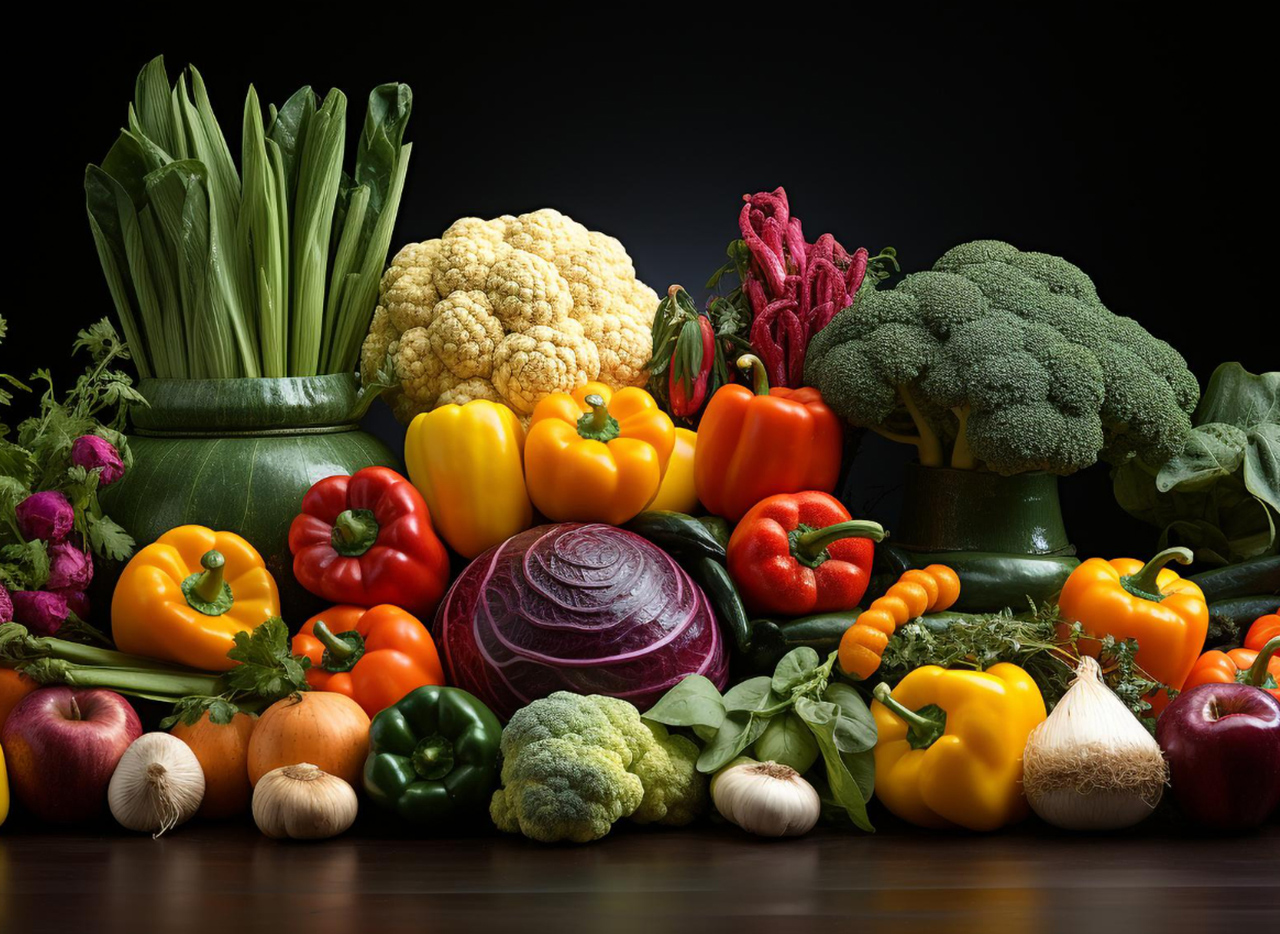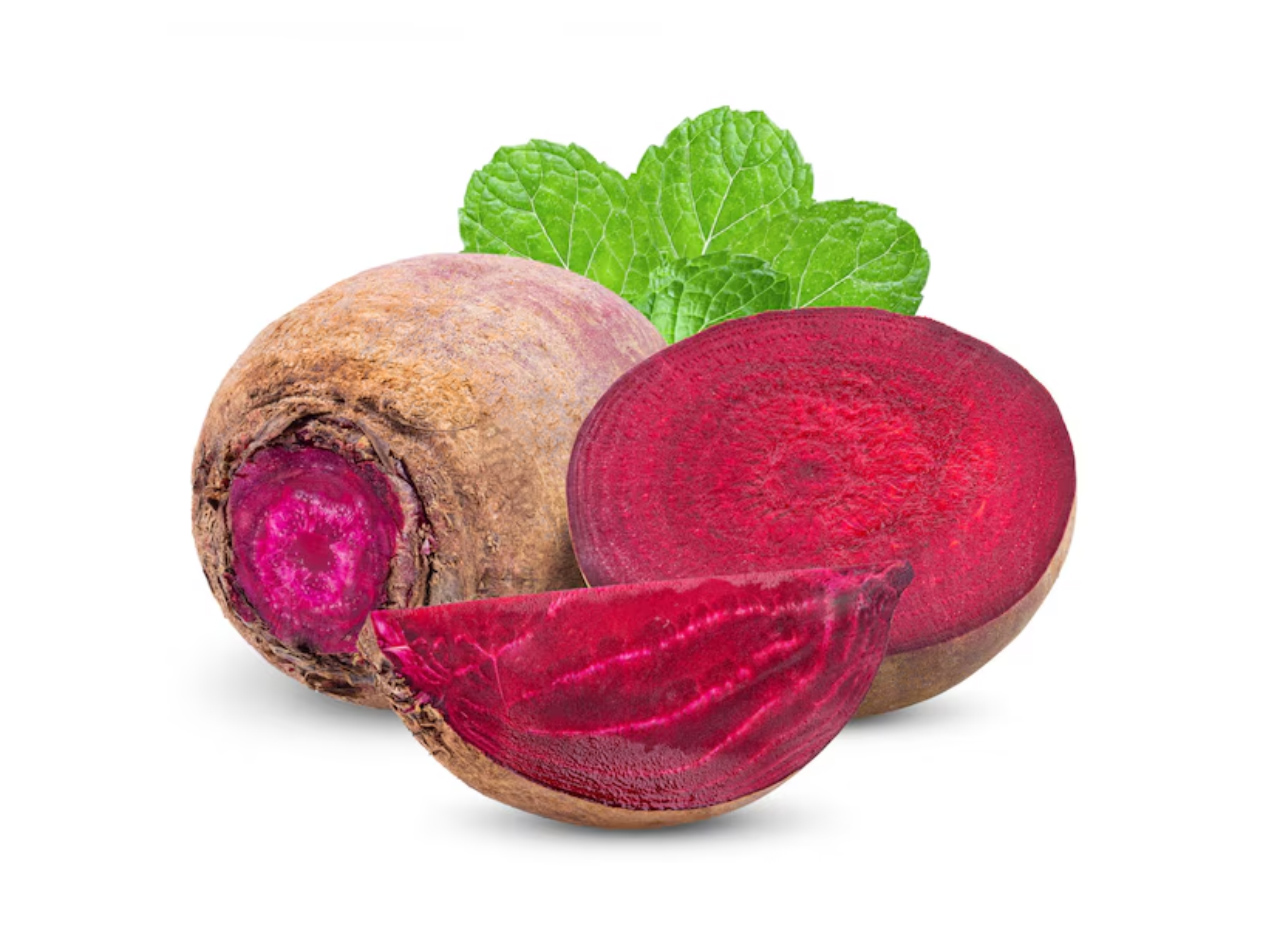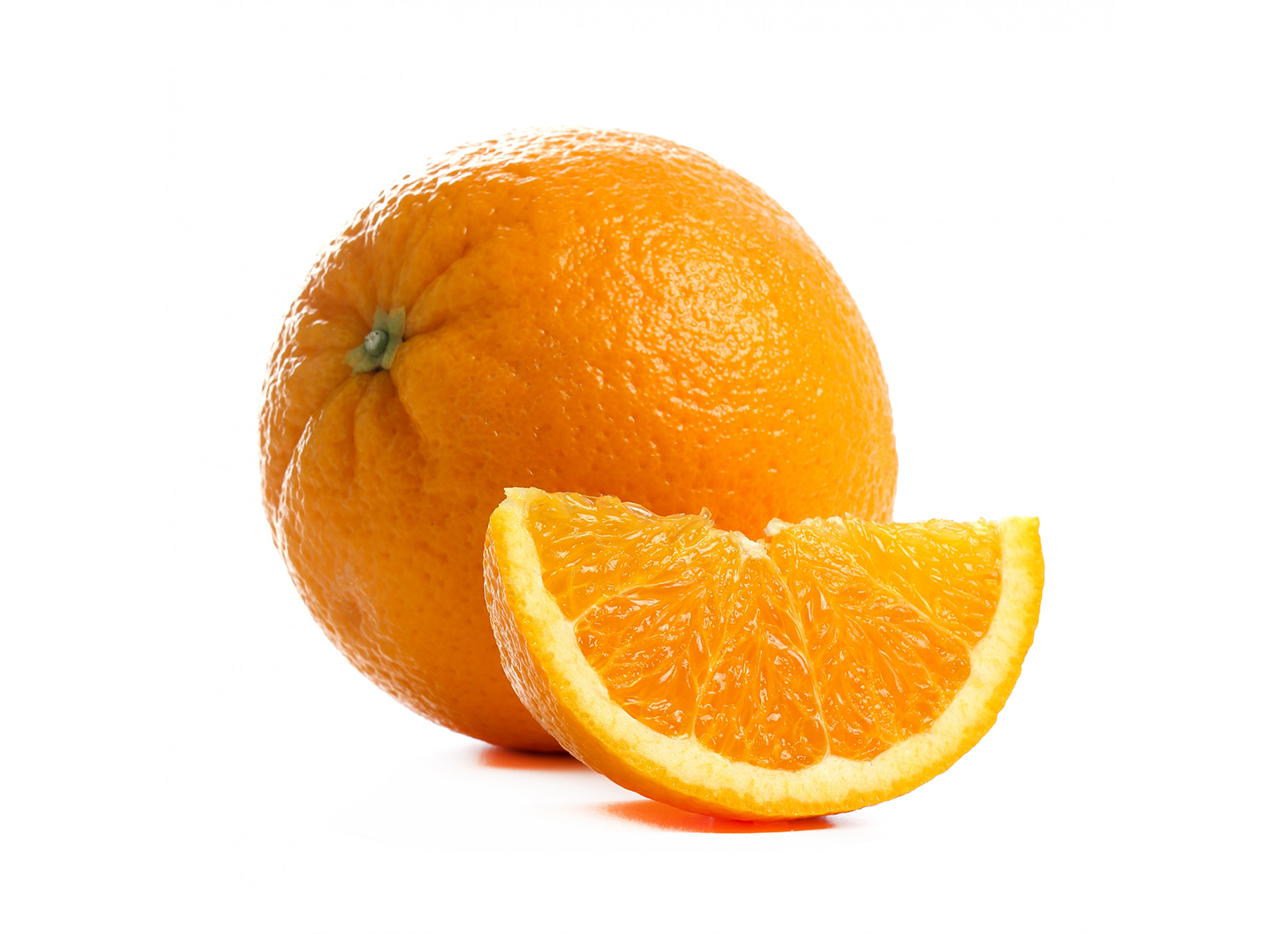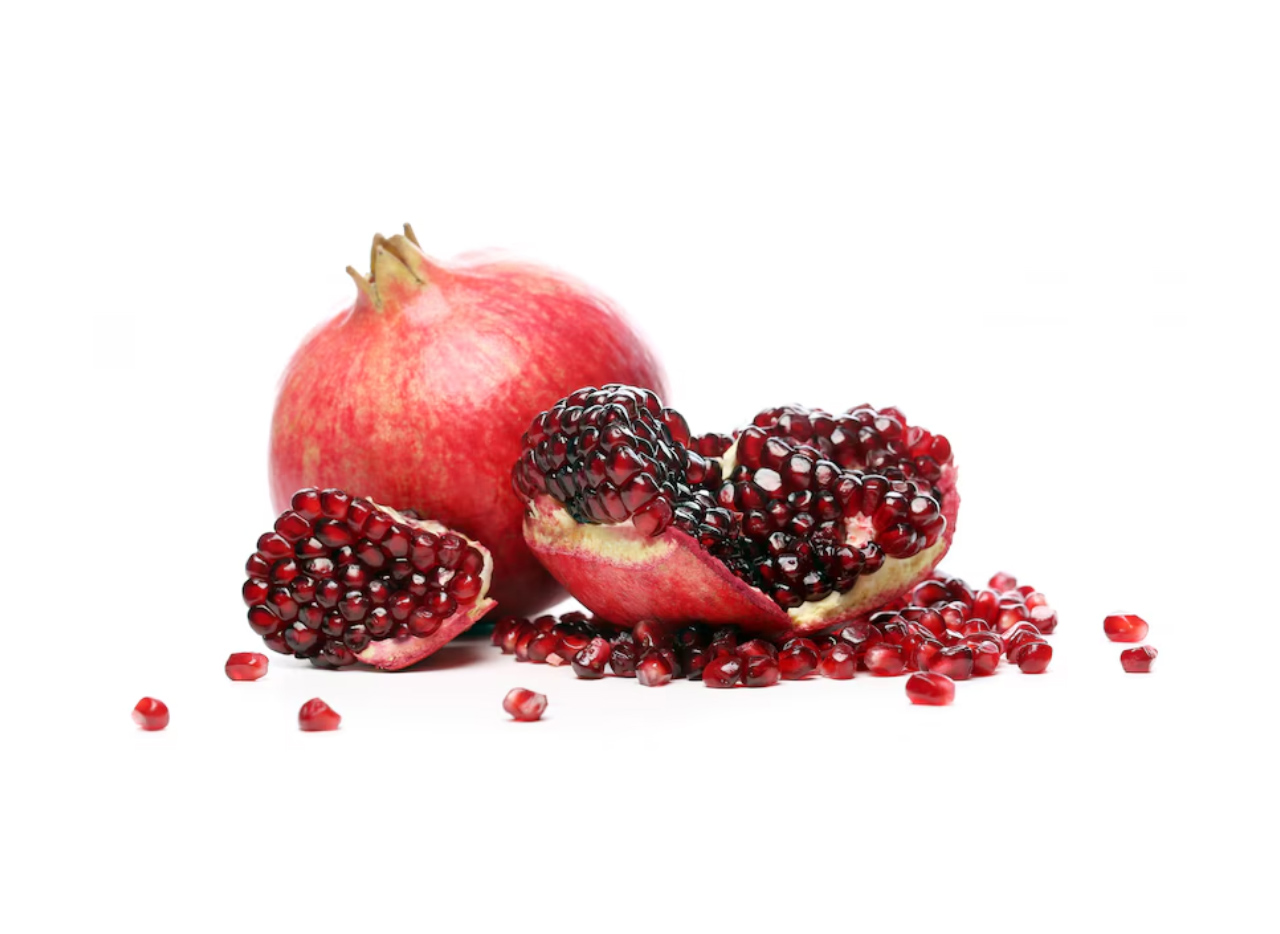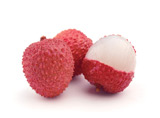
Lychee season is during the summer, May & June in South Florida (northern hemisphere) and December to February in Australia (southern hemisphere). On average the season lasts about six weeks at the most.
The lychee is cultivated in China, Sri Lanka, Taiwan, Thailand, Vietnam, Japan, India, Bangladesh, Pakistan, Nepal and parts of Southern Africa. China is the main producer, followed by India.
Cultivation and uses
Lychees are extensively grown in China, India, Thailand, Vietnam and the rest of tropical Southeast Asia, the Indian Subcontinent, and in South Africa, Brazil, the Caribbean, Australia, Israel, and the southeastern United States. They require a tropical climate that is frost-free and is not below the temperature of −4 °C (25 °F). Lychees also require a climate with high summer heat, rainfall, and humidity. Growth is best on well-drained, slightly acidic soils rich in organic matter and mulch. A wide range of cultivars are available, with early and late maturing forms suited to warmer and cooler climates, respectively. They are also grown as an ornamental tree, as well as for their fruit. The most common way of propagating lychee is through a method called Air Layering or Marcotting. Air-layers, or marcotts, are made by cincturing a branch of a mature tree, covering the cut with a rooting medium, such as peat or sphagnum moss, then wrapping the medium with polyethylene film and allowing the cut to root. Once significant rooting has occurred the marcott is cut from the branch and potted up.
According to folklore, a lychee tree that is not producing much fruit can be girdled, leading to more fruit production. When the central opening of trees is carried out as part of training and pruning, stereo fruiting can be achieved for higher orchard productivity.
Lychees are commonly sold fresh in Asian markets. The red rind turns dark brown when the fruit is refrigerated, but the taste is not affected. It is also sold canned year-round. The fruit can be dried with the rind intact, at which point the flesh shrinks and darkens.
Nutrition
Nutrients
Raw lychee fruit is 82% water, 17% carbohydrates, 1% protein, and contains negligible fat (table). The raw pulp is rich in vitamin C, having 72 mg per 100 grams – an amount representing 86% of the Daily Value – but contains no other micronutrients in significant content (table).

